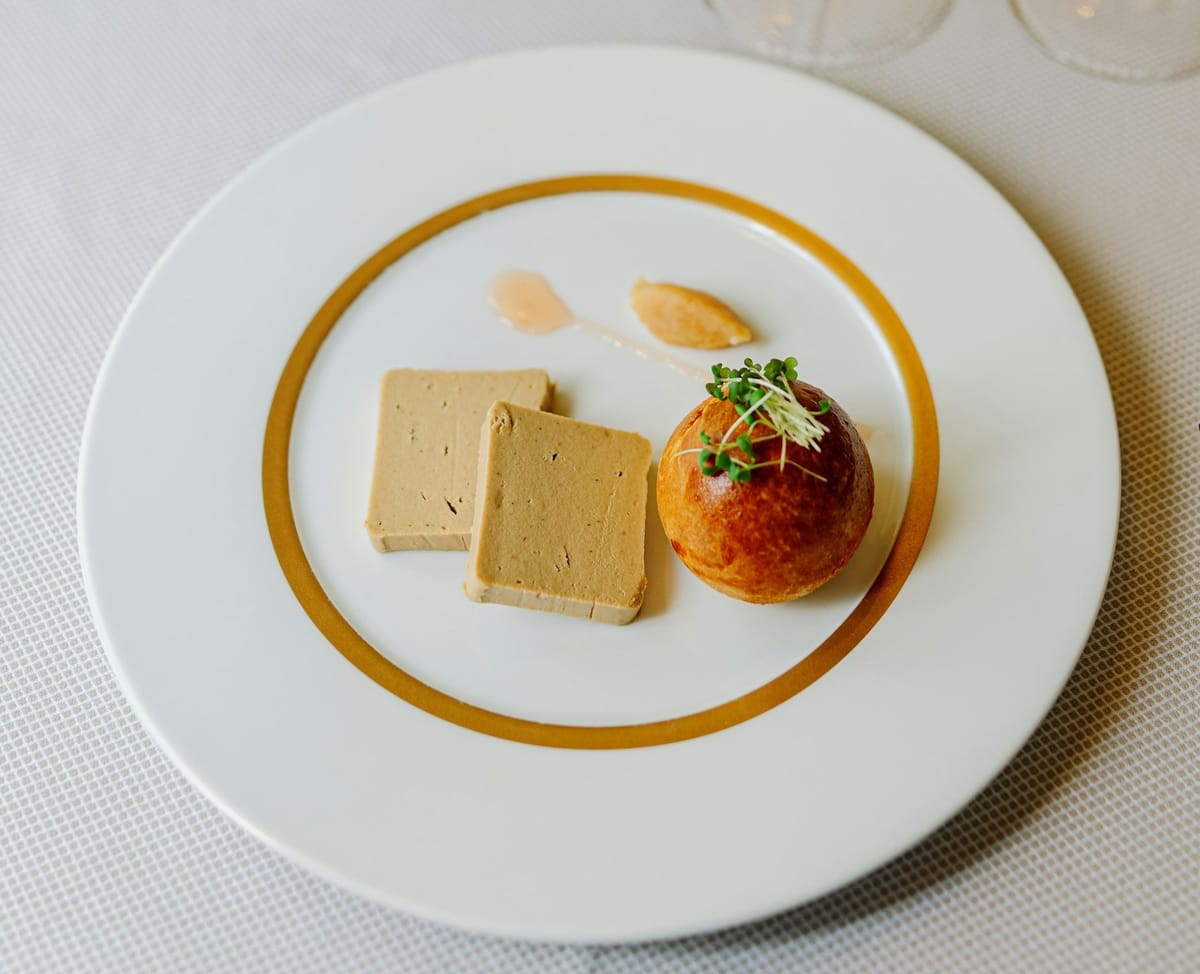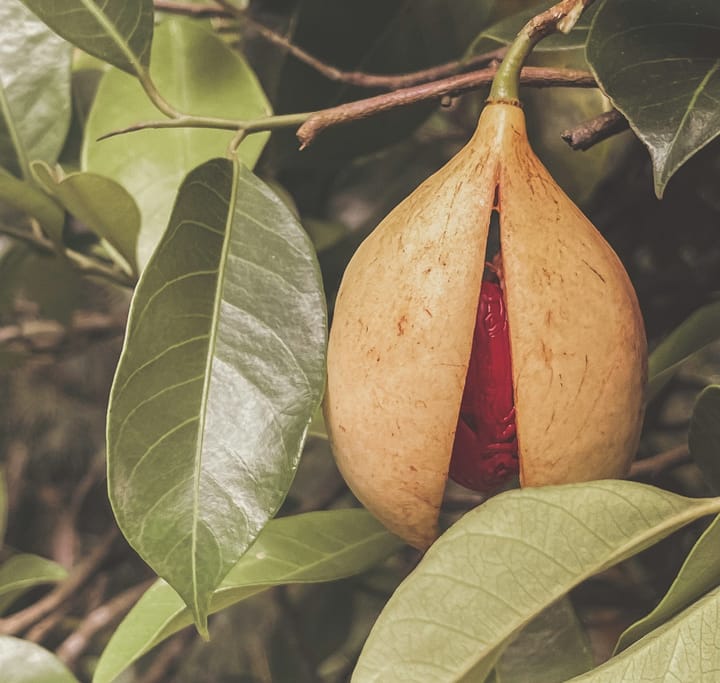Goose or Duck: A Guide to Choosing the Perfect Foie Gras
When it comes to foie gras, one of the ultimate delicacies in gourmet cuisine, the choice between goose and duck presents a delightful conundrum, as each offers unique flavors and textures that cater to diverse palates and culinary preferences.

When it comes to foie gras, one of the ultimate delicacies in gourmet cuisine, the choice often boils down to two primary options: goose or duck.
Both types offer distinct flavors and textures, appealing to different palates and culinary preferences.
Here's a guide to help you make an informed decision.

Goose Foie Gras vs Duck Foie Gras: Which One Is Superior?
One of the most common questions in the world of gourmet cuisine is whether goose foie gras or duck foie gras is the better choice.
The answer, however, isn’t straightforward—it all depends on personal taste.
Whether you prefer the rich, creamy notes of goose foie gras or the bolder flavors of duck foie gras, the choice is ultimately yours.
Flavor and Appearance
Duck foie gras is known for its fuller, more pronounced flavor, making it a favorite for those who enjoy robust, earthy tastes.
In contrast, goose foie gras offers a subtler, more refined flavor profile that unfolds more gently on the palate.
Visually, duck foie gras tends to have a rosier hue, while goose foie gras leans toward a slightly greyer tone.
Price and Availability
Goose foie gras often comes with a higher price tag, but this doesn’t necessarily mean it’s the superior option.
The main reason for the price difference lies in supply. Ducks are more commonly raised than geese, as the same ducks are also used for duck confit, leading to a higher supply and lower cost for duck foie gras.
Interestingly, from a seller’s perspective, pricing goose foie gras too competitively can sometimes create the perception that it is of lower quality, even though this isn’t the case.
In the end, the best choice is the one that aligns with your palate and preferences, whether you lean toward the creamy elegance of goose foie gras or the hearty flavor of duck foie gras.
Foie Gras Entier vs. Foie Gras En Bloc: What's the Difference?
A common source of confusion among foie gras enthusiasts is the distinction between foie gras entier and foie gras en bloc.
Does "entier," which translates to "whole," mean it comes from an entire liver? Let’s break it down.
What Is Foie Gras En Bloc?
Foie gras en bloc represents the majority of foie gras products available. It is crafted using mid-to-high-grade foie gras, typically comprising around 90% foie gras, with the remaining 10% made up of seasonings and water.
These ingredients are emulsified and then pressed into tins, resulting in a product that delivers good quality at an accessible price.
What Is Foie Gras Entier?
Foie gras entier, meaning “whole foie gras” in French, is made using whole, intact foie gras lobes.
These lobes are weighed, carefully cut, and placed into tins, ensuring minimal processing.
Only the highest-grade, freshest foie gras is used for this product, and it typically consists of 97% foie gras, with just 3% added seasoning. Because of its superior quality and craftsmanship, foie gras entier is considered a premium product.
Key Differences
| Aspect | Foie Gras En Bloc | Foie Gras Entier |
|---|---|---|
| Foie Gras Content | ~90% | ~97% |
| Additional Ingredients | Seasonings and water (~10%) | Minimal seasonings (~3%) |
| Preparation | Emulsified and molded | Made from whole foie gras lobes |
| Quality | Good | Exceptional |
| Usage | Versatile and widely available | Premium choice for special occasions |
Ultimately, foie gras entier stands out for its superior texture and flavor, while foie gras en bloc offers a more economical option without compromising on quality.
Preserved Foie Gras, Mi-Cuit Foie Gras, and Fresh Foie Gras: What's the Difference?
Foie gras, a beloved gourmet delicacy, comes in different forms depending on how it is prepared and stored. Understanding the distinctions between preserved foie gras, mi-cuit foie gras, and fresh foie gras can help you select the right one for your culinary needs.
Preserved Foie Gras
Preserved foie gras is fully cooked at 110°C, making it extremely stable for long-term storage. It can be kept in a cupboard for several years, with three years being the typical shelf life. This version is ideal for those looking for convenience and longevity, although its flavor is milder compared to other types.
- Cooking Temperature: 110°C
- Shelf Life: Up to 3 years
- Flavor: Milder and less intense
- Storage: Room temperature
Mi-Cuit Foie Gras
The term mi-cuit translates to "half-cooked" in French. This type of foie gras is cooked at a lower temperature of 80°C, resulting in less pasteurization. Mi-cuit foie gras has a shorter shelf life of 3 months to 1 year, but it offers a richer and fuller flavor, often preferred by connoisseurs.
- Cooking Temperature: 80°C
- Shelf Life: 3 months to 1 year
- Flavor: Richer and more pronounced than preserved foie gras
- Storage: Requires refrigeration
Fresh Foie Gras
Fresh foie gras refers to raw duck or goose liver that has been deveined but not cooked or otherwise processed. It is highly perishable, with a fridge life of just a few days unless frozen. Fresh foie gras is the choice for those who wish to prepare their own terrines or enjoy it sliced and pan-fried. This version boasts the most intense and pronounced flavor of all.
- State: Raw and deveined
- Shelf Life: A few days in the fridge or longer when frozen
- Flavor: Most pronounced and intense
- Usage: Ideal for making terrines or pan-frying slices
Summary Table
| Type | Cooking Temp | Shelf Life | Flavor | Storage | Best For |
|---|---|---|---|---|---|
| Preserved Foie Gras | 110°C | Up to 3 years | Milder, less intense | Room temperature | Long-term storage and convenience |
| Mi-Cuit Foie Gras | 80°C | 3 months to 1 year | Rich and fuller | Refrigeration required | Gourmet experiences |
| Fresh Foie Gras | Not cooked | Few days (fridge) | Most pronounced | Fridge or freezer | Making terrines or pan-frying |
Each type has its unique qualities, so your choice will depend on how you plan to use the foie gras and your flavor preferences.


